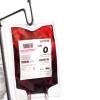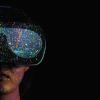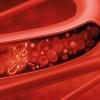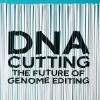US researchers have developed and tested an innovative machine-learning approach that could one day enable the earlier detection of cancer in patients by using smaller blood draws.
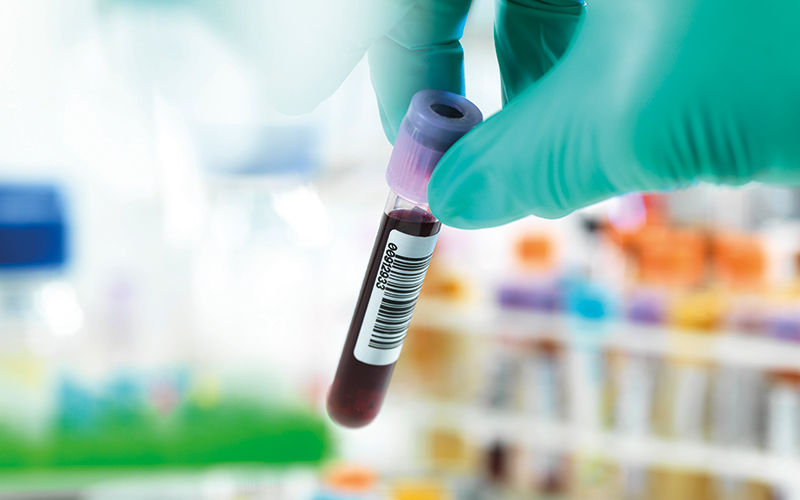
“This new technology gets us closer to a world where people will receive a blood test annually to detect cancer earlier when it is more treatable and possibly curable,” said Cristian Tomasetti, corresponding author of the new study and director of City of Hope’s Centre for Cancer Prevention and Early Detection.
The technology was able to identify half of the cancers in the 11 studied types. The test was highly accurate with a false positive in only one in 100. Most of the cancer samples originated from people with early-stage disease, who had few or no metastatic lesions at diagnosis.
Working in the background was an algorithm they developed called Alu Profile Learning Using Sequencing.
It had been applied to 7657 samples from 5980 people – 2651 of whom had cancer of the breast, colon and rectum, oesophagus, lung, liver, pancreas, ovary or stomach.
When a cell dies, it breaks down and some of the DNA material of the cell leeches into the bloodstream. Cancer signals can be found in this cell-free DNA (cfDNA). The cfDNA of normal cells breaks down at a typical size, but cancer cfDNA fragments break down at altered spots. This is hypothesised to be more present in repetitive regions of the genome.
So instead of analysing specific DNA mutations by looking for one misarranged letter out of billions of letters, the team came up with a test to detect the difference in fragmentation patterns in repetitive regions of cancer and normal cfDNA.
As a result, fragmentomics requires about eight times less blood than whole genome sequencing.
Image credit | Science-Photo-Library

